Your car’s battery is often the unsung hero of every journey, quietly powering the ignition and keeping your vehicle’s electrical systems humming. Yet, like any hardworking companion, it doesn’t last forever. Recognizing the subtle—and sometimes not-so-subtle—signs that your battery is on its last legs can save you from unexpected breakdowns and roadside headaches. This article explores the key indicators that signal it’s time to replace your car battery, helping you stay prepared and keep your wheels turning smoothly.
Table of Contents
- Common Symptoms Indicating a Failing Car Battery
- Understanding Battery Age and Its Impact on Performance
- The Role of Electrical Accessories in Battery Drain
- How Weather Conditions Affect Your Battery’s Health
- Essential Diagnostic Tests to Confirm Battery Issues
- Smart Replacement Tips for Choosing the Right Battery
- Q&A
- The Conclusion
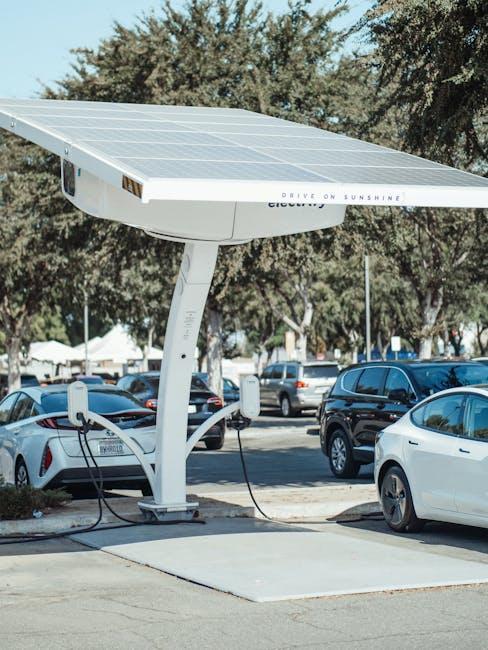
Common Symptoms Indicating a Failing Car Battery
When your car battery starts to falter, it rarely goes unnoticed. One of the most evident signs is a sluggish engine crank; the vehicle may struggle or take longer than usual to start. You might also notice the dashboard lights dimming or flickering, which indicates the battery is not supplying a steady electrical charge. Another telltale symptom is unusual electrical issues, such as malfunctioning power windows, malfunctioning headlights, or the stereo system cutting out unexpectedly.
It’s helpful to keep an eye out for these common warning signs:
- Frequent jump-starts: Needing a jump-start more often than normal is a red flag.
- Corroded battery terminals: White or bluish deposits can impair performance.
- Swollen battery case: Heat damage can cause the casing to bulge.
- Old age: Batteries usually last between 3-5 years, so age plays a big role.
| Symptom | What It Means |
|---|---|
| Slow Engine Crank | Battery struggling to provide enough power |
| Dim Lights | Insufficient electrical current flow |
| Frequent Jump-Starts | Battery no longer holding a charge |
| Corrosion on Terminals | Reduced connectivity and performance |

Understanding Battery Age and Its Impact on Performance
As your car battery ages, its ability to hold a charge diminishes significantly, impacting the overall reliability of your vehicle. Over time, chemical reactions inside the battery slow down, reducing its capacity and leading to longer engine cranks or even failure to start. Environmental factors such as extreme temperatures, frequent short trips, and inactivity accelerate this aging process, subtly deteriorating performance before you even notice the symptoms.
Recognizing the quiet toll of battery age is crucial. Common clues to watch for include:
- Dimming headlights during startups
- Slow electrical accessories response
- Corrosion buildup around battery terminals
- Dashboard warning lights flickering
Being proactive with battery maintenance can save you unexpected roadside headaches. A simple test using a multimeter or professional inspection every couple of years helps ensure your battery’s health matches its expected lifespan, generally around 3 to 5 years depending on usage and conditions.
| Battery Age | Typical Capacity | Performance Impact |
|---|---|---|
| 0-2 Years | 90-100% | Optimal performance, reliable starts |
| 3-4 Years | 60-75% | Reduced cranking power, potential slowdowns |
| 5+ Years | <50% | Frequent failure risk, unreliable starts |
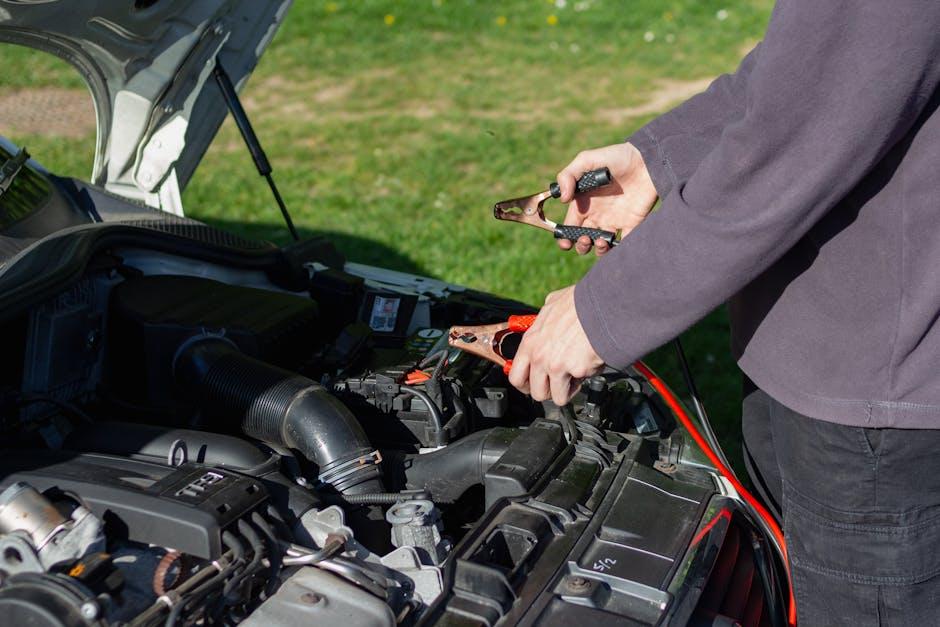
The Role of Electrical Accessories in Battery Drain
Electrical accessories in your vehicle — from the headlights to the infotainment system — play a significant role in how quickly your battery drains. When multiple accessories operate simultaneously, they create a constant demand for power. While the battery is designed to handle this load, extended use without the engine running can wear it down prematurely. Devices such as stereo systems, GPS units, and even heated seats draw current continuously, leaving your battery vulnerable to deep discharge and shortening its overall lifespan.
Consider these common electrical consumers that impact battery health:
- Interior and exterior lighting: Leaving lights on unintentionally drains power fast.
- Charging ports and devices: Phone chargers and power banks pull energy even when the engine is off.
- Aftermarket accessories: Additional alarms, amplified speakers, or aftermarket electronics can exceed factory battery capacities.
| Accessory | Power Draw | Impact on Battery |
|---|---|---|
| Headlights (per hour) | 4-7 amps | High |
| Infotainment System | 1-3 amps | Moderate |
| Phone Charger | 0.5-1 amp | Low |
Managing the use of these electrical components effectively, especially when the vehicle is stationary, can greatly reduce the risk of battery failure. Regularly checking that no accessories remain powered when the car is off helps maintain battery charge and extend its durability.
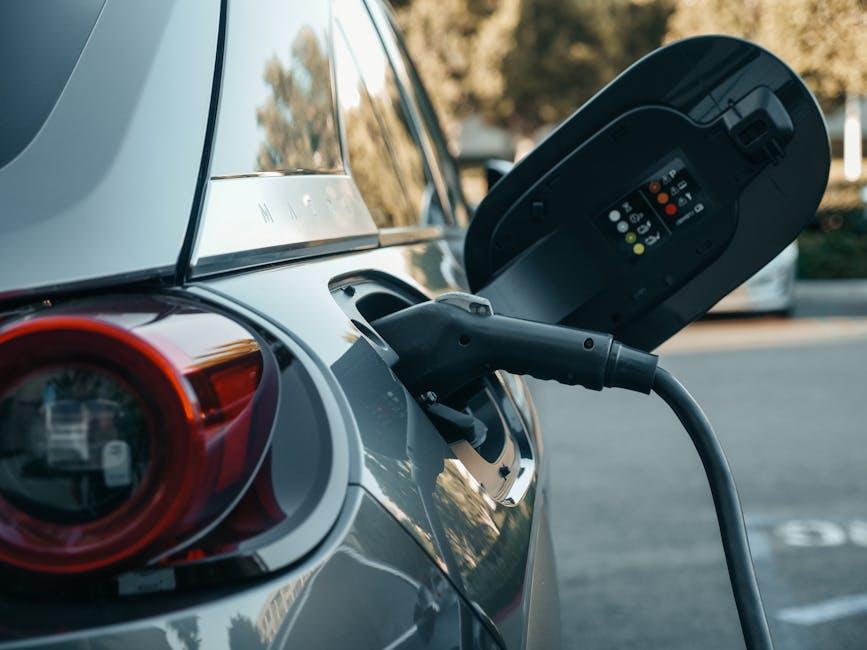
How Weather Conditions Affect Your Battery’s Health
Extremes in weather can wreak havoc on your car battery’s performance and longevity. Cold temperatures slow down the chemical reactions inside the battery, reducing its ability to hold a full charge and making it harder to start your vehicle. Conversely, hot weather accelerates internal corrosion and evaporates vital battery fluids, causing the battery to age prematurely. As a result, batteries under severe weather stress may show early signs of failure, like slow engine cranking or dim headlights.
Common weather-related battery issues include:
- Reduced cold cranking amps in winter months
- Swelling or leaking caused by heat-induced fluid loss
- Increased risk of sulfation in fluctuating temperatures
- Accelerated degradation during humidity spikes
| Weather Condition | Battery Effect | Signs to Watch For |
|---|---|---|
| Cold Weather | Lower charge capacity | Slow engine start |
| Hot Weather | Fluid evaporation & corrosion | Battery swelling, leaks |
| Humidity | Accelerated sulfation | Rapid battery drain |
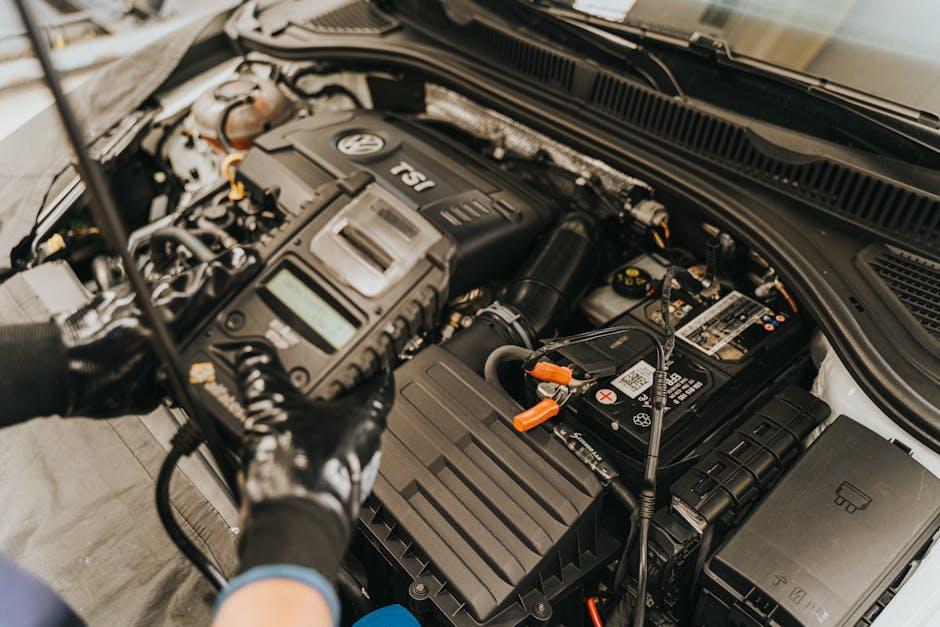
Essential Diagnostic Tests to Confirm Battery Issues
Diagnosing battery problems accurately is crucial before committing to a replacement. Several key tests can unveil the hidden health status of your car’s battery. First, a voltage test checks the current charge level, typically performed with a multimeter. A fully charged battery should read around 12.6 volts when the engine is off. Anything consistently below this might indicate that the battery is struggling to hold a charge. Another valuable method is the load test, which simulates the battery’s performance under real-world conditions by applying a heavy electrical load for a short period. This test reveals if the battery can maintain adequate voltage and power when the engine demands it.
In addition to the above, expert mechanics also rely on the specific gravity test using a hydrometer to measure electrolyte density in each cell — a key marker for battery health in traditional lead-acid types. Modern vehicles equipped with AGM or gel batteries might require specialized diagnostic tools to assess internal resistance and detect micro-failures. Here’s a quick glance at standard diagnostic values to benchmark your testing results:
| Test Type | Healthy Reading | Issue Indicated By |
|---|---|---|
| Voltage Test | 12.6+ volts (engine off) | < 12.4 volts, rapid voltage drop |
| Load Test | Voltage stays above 9.6 volts (under load) | Voltage drops quickly below 9.6 volts |
| Specific Gravity Test | 1.265 – 1.299 | Below 1.225 or uneven readings across cells |
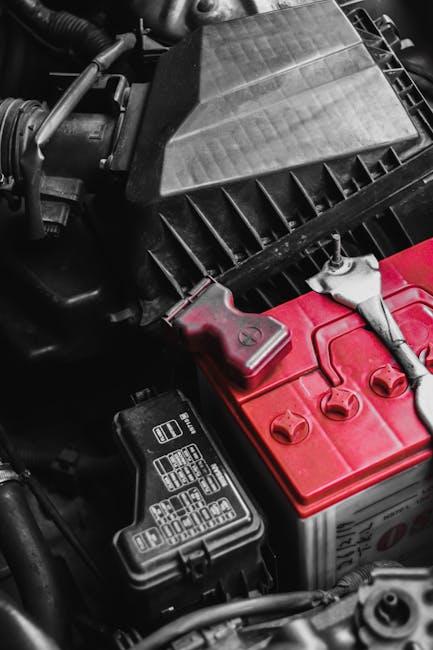
Smart Replacement Tips for Choosing the Right Battery
When it’s time to replace your car battery, making an informed choice can save you from future hassles and unexpected breakdowns. First, always check the battery’s compatibility with your vehicle model. Choosing a battery that’s too small or too large can lead to improper fitting and performance issues. It’s equally important to consider the Cold Cranking Amps (CCA), as this rating indicates the battery’s ability to start your engine in cold weather. Opt for a battery with a CCA that meets or exceeds your vehicle manufacturer’s recommendation for optimal reliability.
Also, don’t overlook the importance of warranty and brand reputation. Reliable batteries often come with at least a 3-year warranty and feature maintenance-free designs to reduce upkeep. Here’s a quick checklist to guide your purchase:
- Check size and terminal placement to ensure a perfect fit.
- Match or exceed recommended Cold Cranking Amps (CCA).
- Choose brands with strong customer reviews and support.
- Consider maintenance-free options for ease of use.
| Feature | Why It Matters | Ideal Specification |
|---|---|---|
| Size | Ensures proper fit | Check manufacturer guide |
| Cold Cranking Amps (CCA) | Reliable starts in cold weather | Equal to or above OEM rating |
| Warranty | Protection and peace of mind | Minimum 3 years |
| Maintenance | Ease of care | Maintenance-free preferred |
Q&A
Q&A: Signs Your Car Battery Needs Replacement
Q1: How do I know if my car battery is dying?
A1: One of the most obvious signs is trouble starting your engine. If your car hesitates, makes a clicking noise, or takes longer than usual to crank, it’s a hint your battery might be weakening.
Q2: Can a dim dashboard light indicate a failing battery?
A2: Yes. Dim or flickering dashboard lights often signal low voltage, which can originate from a battery that’s losing its charge capacity.
Q3: What about corrosion around the battery terminals? Is that a warning sign?
A3: Definitely. Corrosion—often a white, ashy deposit—can interfere with the battery’s ability to maintain a stable connection, leading to poor performance and eventual failure.
Q4: Should I be concerned if my electronic accessories act up?
A4: Absolutely. If your radio, headlights, or power windows behave erratically or slower than usual, it might be due to a battery struggling to power all the electrical components.
Q5: How does age affect the battery’s condition?
A5: Most car batteries last between 3 to 5 years. If your battery is nearing or past this lifespan, it’s wise to get it tested—even if it still seems functional—to avoid unexpected breakdowns.
Q6: Can extreme weather impact my battery’s life?
A6: Yes. Both scorching summers and freezing winters put additional stress on batteries, accelerating their wear and sometimes causing sudden drops in performance.
Q7: Is there a way to test the battery without professional help?
A7: You can use a multimeter to measure the battery voltage. A healthy, fully charged battery typically shows around 12.6 volts or more when the engine is off. However, for a thorough diagnosis, professional testing is recommended.
Q8: What should I do if I notice multiple warning signs?
A8: Don’t wait. Schedule a battery inspection or replacement soon to prevent being stranded with a dead battery. Early detection can save you time and money in the long run.
Q9: Could a failing battery affect other car systems?
A9: It can. A weak battery puts extra strain on the alternator and starter motor, potentially leading to more costly repairs down the line.
Q10: How can I extend my battery’s lifespan?
A10: Regularly clean the terminals, avoid short trips that don’t allow the battery to recharge fully, and park in sheltered areas when possible to protect from extreme temperatures.
The Conclusion
In the end, your car battery is much like the heart of your vehicle—quietly powering every start, every journey, every moment. Recognizing the subtle signs it’s time for a replacement not only saves you from unexpected stalls but also keeps your ride running smoothly and reliably. So, the next time your engine hesitates, your lights dim, or your electronics falter, listen closely—your battery might be telling a story that’s time to change the chapter. Stay charged, stay prepared, and keep rolling forward with confidence.

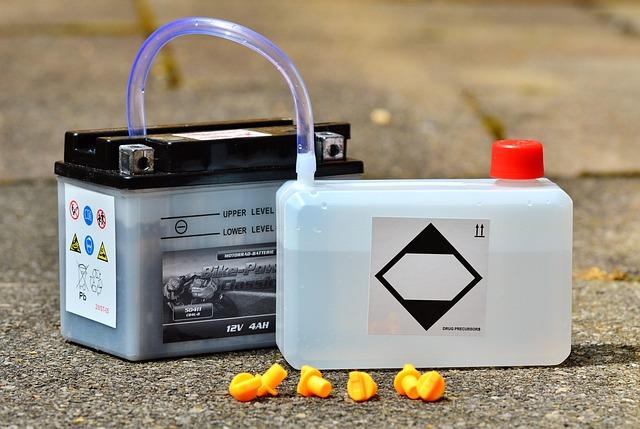
32 Comments
https://shorturl.fm/pZYSX
https://shorturl.fm/XQCVt
https://shorturl.fm/pl09i
https://shorturl.fm/c57ZR
https://shorturl.fm/65N2k
https://shorturl.fm/nTpkM
https://shorturl.fm/BcLCo
https://shorturl.fm/loKmD
https://shorturl.fm/gRk2C
lf6ef1
https://shorturl.fm/66t7u
https://shorturl.fm/U7IEP
https://shorturl.fm/OXO48
https://shorturl.fm/jwzsX
https://shorturl.fm/iZgF5
https://shorturl.fm/9jQ5m
https://shorturl.fm/XiSdf
https://shorturl.fm/FA7zg
https://shorturl.fm/lTICv
https://shorturl.fm/ew6qd
https://shorturl.fm/R3TTq
https://shorturl.fm/a802U
https://shorturl.fm/HQn0d
https://shorturl.fm/GjxEB
https://shorturl.fm/kVvN9
9wayg9
https://shorturl.fm/8yQvT
https://shorturl.fm/hZAhO
v49xs4
https://shorturl.fm/ltZ53
https://shorturl.fm/Rt1Sd
https://shorturl.fm/QdBiM